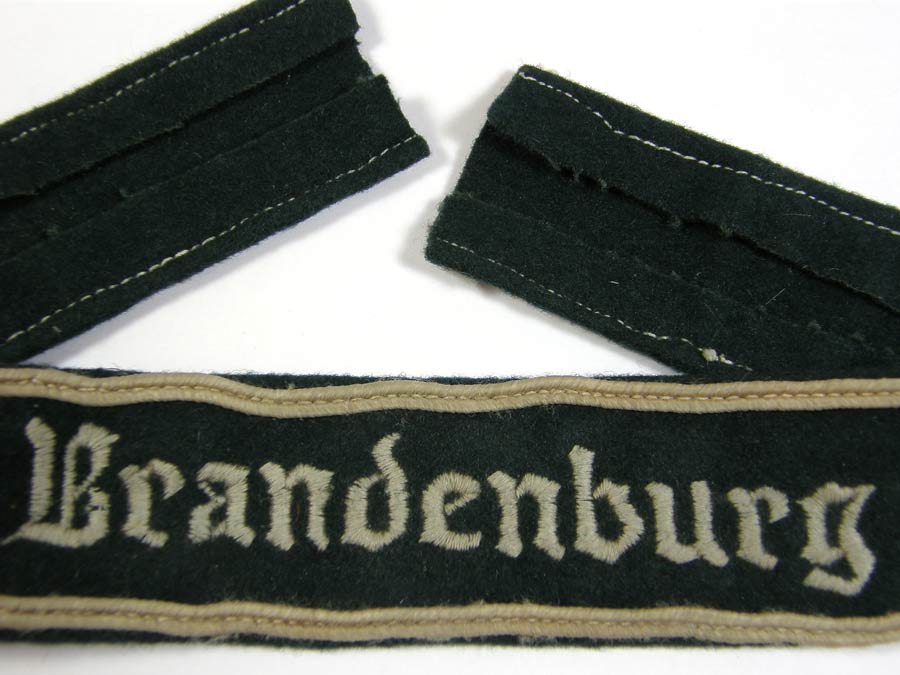Special operations forces as we know them were conceived in World War II. Before then, there were certainly special missions, and one could argue that some units filled a special operations role. However, virtually all modern special operations units can be traced to a World War II origin or predecessor — Britain’s Special Operations Executive, for instance, or the U.S. Army Rangers or Marine Raiders. For most Anglophones, however, the connections stop there. Probably because of a language barrier more than anything else, little is known in the English speaking world of foreign WWII special operations units. Of such units, one of the most esoteric and poorly understood is the Brandenburg Division, also known as the Brandenburgers. Having origin in Germany before the war, the Brandenburgers served atrociously in WWII as key contributors to the Nazi war machine. Nonetheless, they were an exceptionally talented group of men who undertook extremely risky and complex missions, and made important contributions to the development of military tactics, operations, and armament.
The Brandenburgers were the salient success of the Abwehr — German military intelligence during WWII. While the Abwehr notoriously underestimated and misread the Allies from 1939 to 1945, the Brandenburgers under Abwehr control were essentially writing the book on the roles and missions of special operations forces. Further, Brandenburger history and operations deeply impacted NATO special operations during the Cold War and beyond.
Assembled in the 1930s, the Brandenburg Division was unique for its time: intentionally comprising not only the most physically fit, but also the smartest and most worldly members of the nefarious Wehrmacht. While the SS was pandering about looking for Aryan beauty queens, the Brandenburgers shrewdly sought men who had lived abroad for periods of time, who spoke one or more foreign languages fluently, and who were well-educated and highly trainable. They understood that while a recruit could be beat into shape physically, intelligence was either there or it was not. It was common to find English, Russian, and French speakers among them, but records indicate there were also those who spoke Arabic, Pashto, Urdu, and Hindi.
Such demanding standards were driven by the roles envisioned for the unit, which it played quite well during the war in some of the most dangerous and intriguing situations possible. The knowledge of foreign languages enabled frequent operations behind Allied lines, often well ahead of other Axis forces, to confuse, disrupt, and sow havoc among their enemies. The riskiest part was that those operations generally took place with the Brandenburgers in Allied uniforms, and carrying Allied weapons. If captured, they knew exactly what fate awaited them. It was a fate they met famously once during the war in Northwestern Europe, and less so a few times in Russia and Eastern Europe.
The Brandenburgers paved the way for every Wehrmacht advance in Europe, in addition to operating in Africa, Asia, the Middle East, and the Near East. On account of their fighting prowess, but also their growth by the late years of the war, they participated in rescues, night operations, and raids that both precursed and have served as models for modern day operations. In this series on the Brandenburgers we will examine not only their operations, but also their influence on tactics and equipment that resonates to this day.
